This category helps you keep your tires in peak condition with expert practical maintenance tips. Here you will find best practices for checking air pressure and tread depth to know when alignment, rotation, and balance are necessary. Routine maintenance is essential not only to extend tire life but also to improve driving safety. Make it a habit with NeoTires' helpful advice.
Published on: Friday, August 16, 2024 Last updated on: Tuesday, March 11, 2025
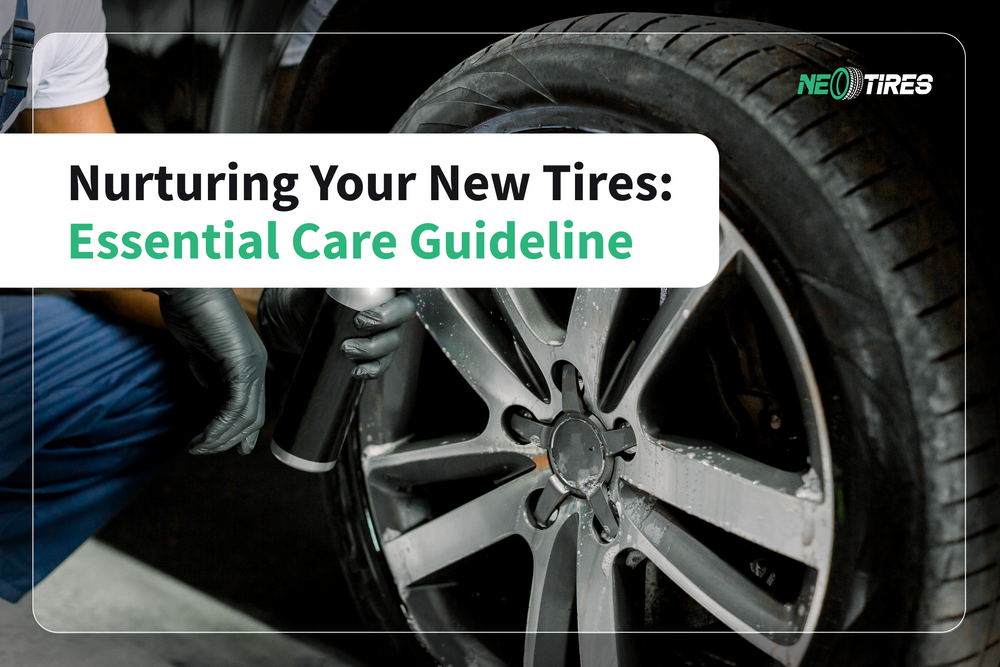
Buying new tires is often a blow to every driver's budget, costing hundreds to even thousands of dollars. Every driver wants his tires to last as long as possible to make the investment worthwhile. Thus, proper care during the initial phase is imperative for ensuring future safety, performance, and tire longevity.
Published on: Tuesday, October 15, 2024 Last updated on: Tuesday, March 11, 2025
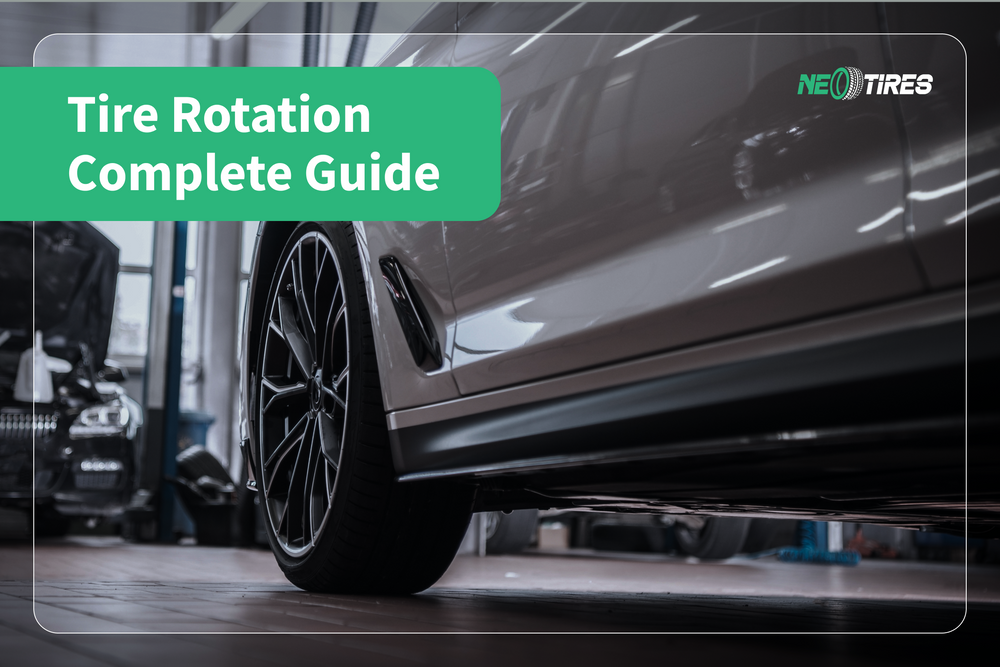
Tire rotation is an imperative tire maintenance procedure that involves changing the tires' position on the vehicle's axles. This systematic procedure is necessary to even out tire wear, increase tire longevity, and enhance vehicle performance in terms of handling, fuel efficiency, and safety. According to Michelin, tire rotation should be done every 6,000-8,000 miles...
Published on: Thursday, October 31, 2024 Last updated on: Tuesday, March 11, 2025
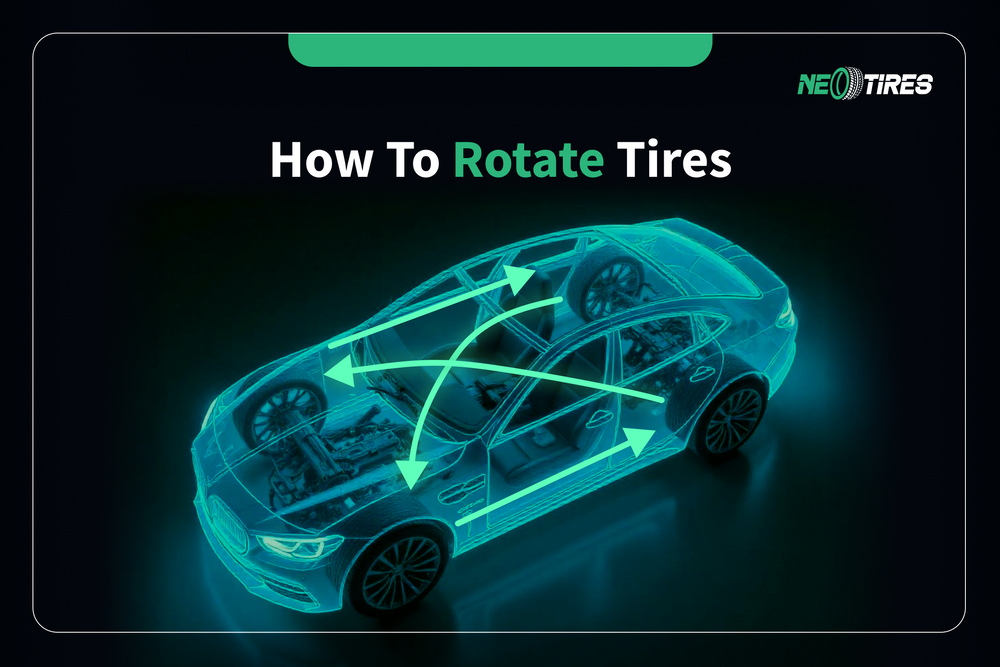
Tire rotation is when all tires change their position between vehicle axles to extend their service life. Different types of vehicles (FWD, RWD, AWD, 4WD) have different tire rotation patterns (Forward cross, X-pattern, Rearward cross). The standard patterns include Forward cross-rotation, Rearward cross rotation, and X Rotation Pattern. Tire rotation is different from standard patterns when...
Published on: Thursday, November 14, 2024 Last updated on: Tuesday, March 11, 2025
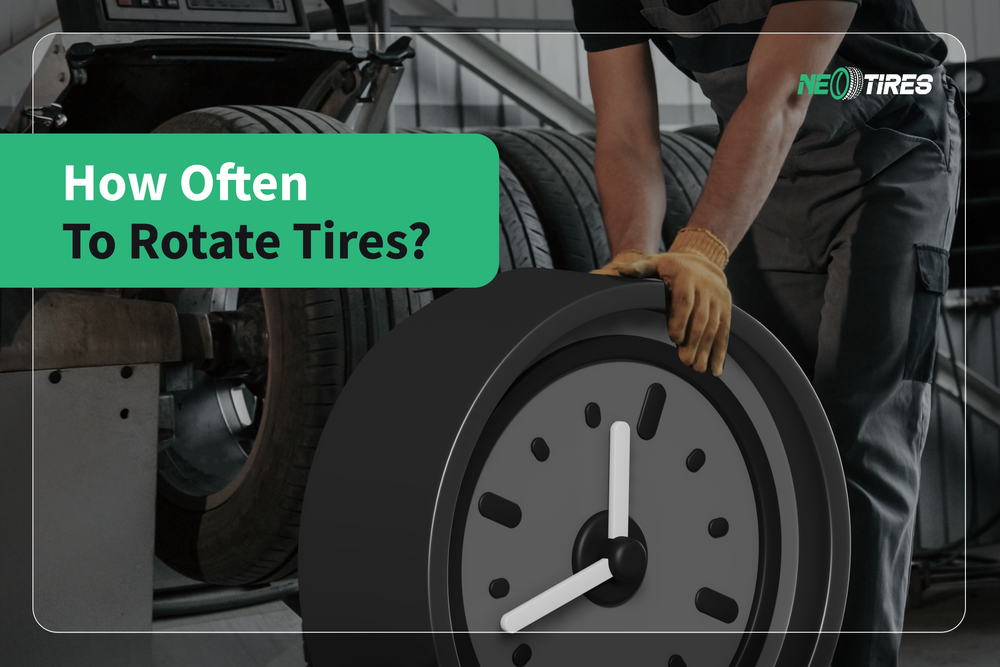
Tire rotation is the process of changing the position of the vehicle's tires at regular time intervals of 6,000-8,000 miles (9,656-12,875 km) or every 6 months. Regular tire rotation helps maximize tire life and ensure tread even wear. The rotation frequency varies depending on the type of vehicle (FWD/RWD/AWD/4WD), the type of tires, driving habits, and conditions...
Published on: Thursday, October 19, 2023 Last updated on: Wednesday, February 26, 2025
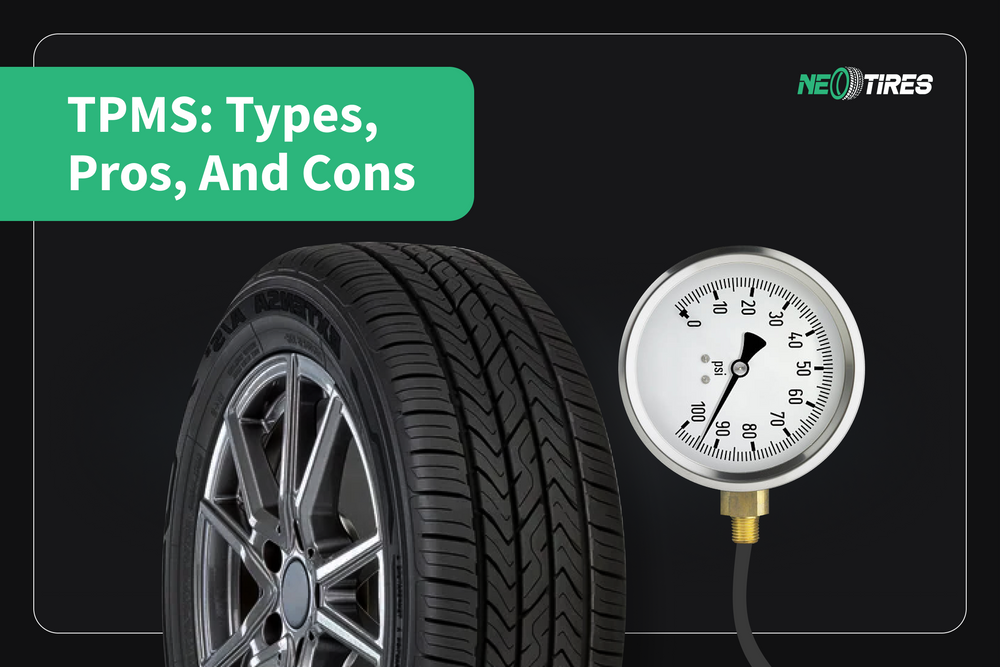
In recent decades, car manufacturers have started to include tire pressure monitoring systems in their cars. This means that these cars automatically indicate that at least one of the tires is subject to pressure issues. The official name of the system is Tire Pressure Monitoring System, abbreviated TPMS, and its purpose is to make drivers aware of the potential risks associated with tire misbalances...
Need live support?
- Mon - Fri: 8am - 7pm ET
- Sat: 9am - 5pm ET
- Sun: Closed
Customer service
Special offers
Tire sizes
Vehicles
Join our mailing list
Subscribe for updates and promotions.
Wait...



